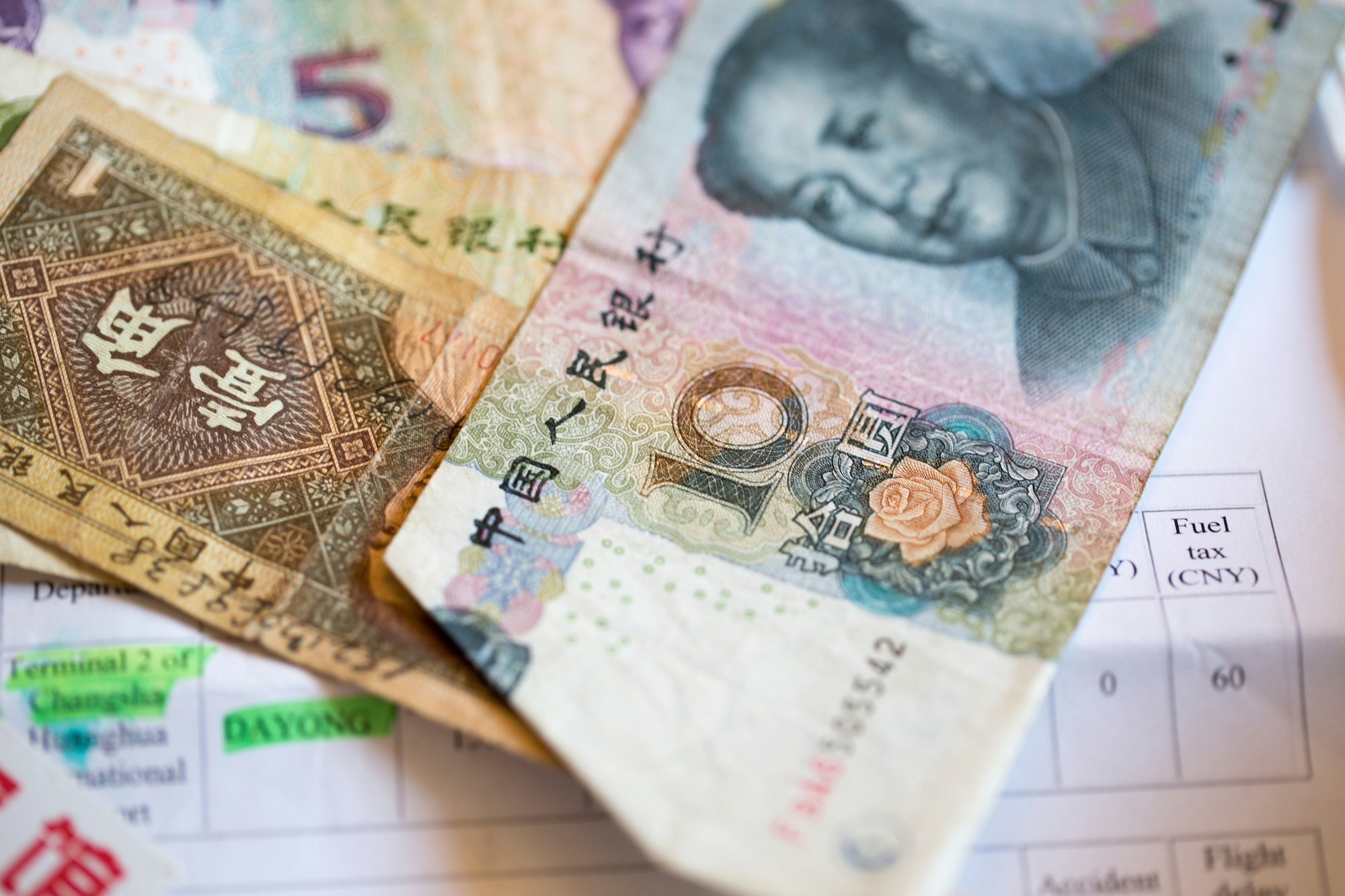US Monetary Policy
At the start of 2024, it was expected that the US Federal Reserve would begin cutting interest rates by summer. However, the Fed only made this move on September 18, 2024, announcing a larger-than-expected rate cut of 50 basis points, bringing rates down to 4.75%-5.00%. Markets had predicted a milder 0.25% cut, but the likelihood of a more significant action grew over time. The Fed's final decision was in response to declining inflation, which fell below 3% and is approaching the 2% target. Besides inflation, the Fed also aims to maintain low unemployment and steady GDP growth.
Japan’s Monetary Policy
Japan's monetary policy took a different course. While most global economies responded to the COVID pandemic by lowering interest rates and later raising them to combat inflation, Japan's central bank (BoJ) has maintained negative interest rates at -0.1% since 2016. The decision to raise the target short term rate to 0.1% in March of this year and the surprising increase to 0.25% on July 31, 2024, marks a clear departure from its long-standing policy of fighting deflation and stagnation through ultra-low rates and large-scale bond purchases.
This rate hike, the largest since 2007, represents a bold move by Governor Kazuo Ueda. Additionally, BoJ's plan to phase out its bond-buying program by 2026 signals a strategic approach to quantitative tightening, aiming to reduce the central bank's balance sheet while minimizing potential disruptions in the bond market.

Source: Yahoo Finance*
Key Events and Explanations
The most significant point in the yen's development against the US dollar was when it hit its weakest level, with the exchange rate surpassing 160 JPY per 1 USD. * This weakened rate benefited Japanese exporters but also pushed inflation higher due to the rising cost of imports. Such inflation, even in Japan's unique economy, is dangerous. Another risk was traders borrowing cheap yen to invest in speculative foreign assets.
In the chart, the first crucial moment is marked by a red line, indicating when Japanese central bankers unexpectedly raised interest rates and tightened monetary policy. The blue line marks the point when the yen was strongest in 2024, primarily due to the start of monetary easing in the US.
Conclusion
The motivations of both central banks are clear: Japan will likely continue tightening its monetary policy, since inflation there is not yet fully under control. The US sees inflation gradually decreasing, with further rate reductions expected. This policy divergence should lead to a strengthening yen and a weakening dollar in the USD/JPY currency pair. If supported by economic data, the Fed may continue to gradually cut rates until 2026, which suggests that the yen’s strengthening trend could persist for some time, creating favourable conditions for investors and traders. [1]
David Matulay, analyst of InvestingFox
Sources:
https://www.reuters.com/graphics/JAPAN-YEN/EXPLAINER/xmvjnxjmbvr/
https://www.boj.or.jp/en/mopo/mpmdeci/state_2024/index.htm
* Data related to past performance do not guarantee future returns.
[1] Forward-looking statements represent assumptions and current expectations, which may not be accurate or are based on the current economic environment, which may change. These statements do not guarantee future performance. By their nature, forward-looking statements involve risks and uncertainty, as they relate to future events and circumstances that cannot be predicted, and actual developments and results may differ significantly from those expressed or implied in any forward-looking statements.
Disclaimer! This marketing material is not and should not be understood as investment advice. Data related to past performance do not guarantee future returns. Investing in foreign currencies may affect returns due to fluctuations. All securities trades can result in both profits and losses. Forward-looking statements represent assumptions and current expectations, which may not be accurate or are based on the current economic environment, which may change. These statements do not guarantee future performance. InvestingFox is a trading brand of CAPITAL MARKETS, o.c.p., a.s., regulated by the National Bank of Slovakia.
 English
English
 Slovak
Slovak
 Czech
Czech
 Hungarian
Hungarian
 Italiano
Italiano
 Polish
Polish





